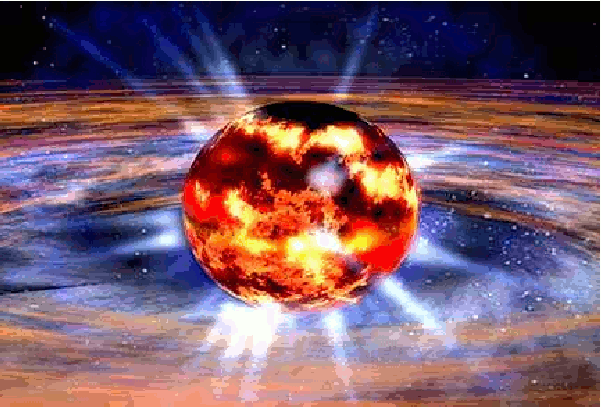 Official Homepage
Official Homepage
My photos from PREX I
|
PREx uses parity violating electron scattering to probe the size (or radial extent) of neutrons inside a 208-Pb nucleus. For this nucleus, with 82 protons and 126 neutrons, the mass radius of the nucleus is thought to be greater than the charge radius. In other words, the neutrons could have a greater radial extent than the protons, but since neutrons are electrically neutral, it's difficult to observe this difference. Typical experiments using a low Q2 electromagnetic probe, such as an electron beam, cannot sense the neutron.
The key feature of PREx is that it takes advantage of the large "weak" charge of the neutron (about 12 times larger than the proton's) together with an electroweak scattering probe to measure the weak charge and thus neutron distribution in Lead. The neutron radius of Lead can then be extracted from the measurement.
The unprecedented precision on the Pb neutron radius provided by PREx will not only address one of the oldest, most basic questions about nuclear matter, that is, how big is it, but will also have broad-based fundamental nuclear physics implications for understanding neutron star formation, atomic parity non-conservation, and heavy ion beams.
|
 Official Homepage
Official Homepage